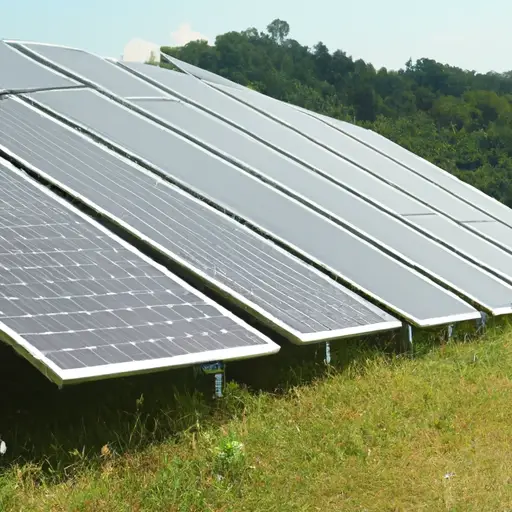Living off grid can be an exciting adventure, but it also comes with its fair share of challenges. One of the most important considerations for off-grid living is choosing the right size solar bank. After all, the last thing you want is to run out of power when you need it the most. So, how big of a solar bank do you actually need?
Well, it depends on a few factors. The first thing to consider is your energy consumption. Take a look at your daily energy usage and determine how many watt-hours you need to generate in a day. This will give you an idea of the minimum capacity your solar bank should have. Additionally, you’ll need to consider the weather conditions in your area and the amount of sunlight you can expect throughout the year.
In our upcoming article, we’ll delve deeper into these factors and guide you through the process of choosing the perfect size solar bank for your off-grid living needs. We’ll provide you with helpful tips and important considerations that will ensure you have enough power to meet your energy requirements. Stay tuned to learn more about this crucial aspect of off-grid living!
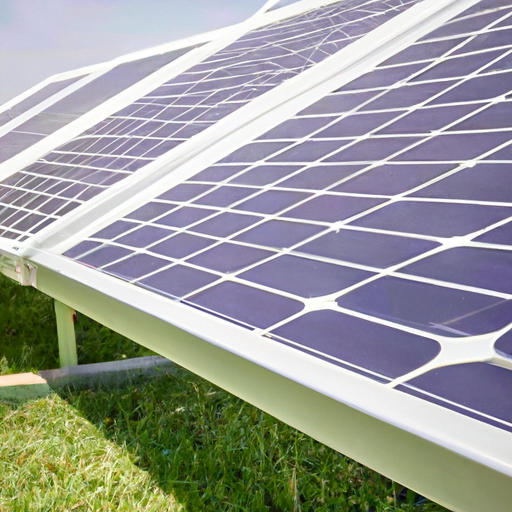
Understanding Off-Grid Living
Living off the grid has become increasingly popular in recent years as more people seek a sustainable and self-sufficient lifestyle. Off-grid living refers to living in a manner that is not reliant on public utilities such as electricity, water, or gas. Instead, off-grid individuals generate their own power, collect rainwater for use, and utilize alternative methods for heating and cooling. While off-grid living offers a myriad of benefits, it also comes with its fair share of challenges.
Benefits of Off-Grid Living
One of the main benefits of off-grid living is the ability to have complete control over your energy consumption. By generating your own power, you can rely less on non-renewable energy sources and reduce your carbon footprint. Additionally, living off the grid allows for greater independence and self-sufficiency. You are not reliant on utility companies and their fluctuating prices, and you have the freedom to choose your own energy sources.
Another advantage of off-grid living is the potential for significant cost savings. While the initial investment in setting up an off-grid system can be high, the long-term savings can be substantial. By generating your own power, you can avoid or greatly reduce monthly energy bills. This can leave you with more disposable income to invest in other areas of your life.
Challenges of Off-Grid Living
While off-grid living can be rewarding, it also comes with its fair share of challenges. One of the main challenges is the limited availability of resources. When living off the grid, you must be mindful of your energy consumption and ensure that you have enough power to meet your needs. This requires careful planning and consideration of your energy requirements.
Another challenge of off-grid living is the need for regular maintenance and upkeep of your energy system. Solar panels, batteries, and other equipment require periodic inspections and cleaning to ensure optimal performance. Additionally, if something were to go wrong with your system, you would need to have the knowledge and skills to troubleshoot and solve the issue.
Energy Needs in Off-Grid Living
When it comes to off-grid living, one of the most important considerations is your energy needs. Understanding your energy consumption is crucial in determining the right size solar bank for your off-grid lifestyle.
Importance of Solar Banks in Off-Grid Living
A solar bank, also known as a solar battery bank, is a crucial component of an off-grid energy system. It stores the excess energy generated by solar panels during the day for use during the night or when the sun is not shining. Solar banks play a vital role in ensuring a consistent and reliable power supply in off-grid living.
Role of Solar Banks in Off-Grid Living
Solar banks act as a reservoir for excess energy generated by solar panels. When the sun is shining and your solar panels are producing more energy than you need, the excess energy is stored in the solar bank. This stored energy can then be used at night or during periods of low energy production, ensuring a continuous power supply.
Advantages of Solar Banks
One of the major advantages of solar banks is their ability to provide energy storage. Without a solar bank, excess energy generated during the day would go to waste. With a solar bank, this excess energy is stored for later use, maximizing the efficiency and effectiveness of your off-grid system.
Another advantage of solar banks is their ability to provide a consistent power supply. Solar panels produce energy only when the sun is shining, and this energy production fluctuates throughout the day. By using a solar bank, you can store excess energy during peak production times and use it during times of low energy production, ensuring a stable and reliable power supply.
Factors to Consider for Solar Banks in Off-Grid Living
When choosing the right size solar bank for your off-grid living, there are several factors to consider. These factors include your energy requirements, geographical location, and the type of battery technology you choose.
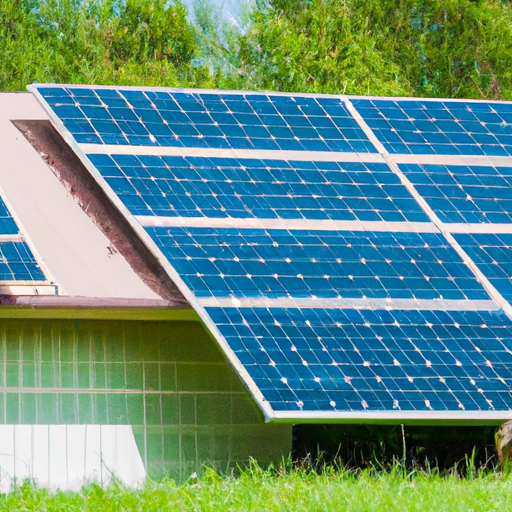
Determining Your Energy Requirements
Before determining the right size solar bank, it is crucial to understand your energy requirements. This involves calculating your power consumption, identifying your peak demand, and determining the battery capacity needed.
Calculating Power Consumption
To calculate your power consumption, you need to add up the wattage of all the appliances and devices you plan to power. This can be done by referring to the wattage ratings of the appliances or by using a power meter to measure their actual power consumption.
Identifying the Peak Demand
Peak demand refers to the maximum amount of power you require at any given time. It is important to identify your peak demand as it determines the size of the solar bank and the battery capacity needed to meet your energy needs during high-demand periods.
Determining Battery Capacity
Battery capacity refers to the amount of energy a battery can store and deliver. It is determined by the size of the solar bank and the type of battery technology used. To determine the battery capacity needed for your off-grid system, you need to consider your energy requirements and the duration of time you want the solar bank to supply power.
Choosing the Right Size Solar Bank
Once you have determined your energy requirements and battery capacity, it is important to choose the right size solar bank for your off-grid living. This involves understanding solar bank ratings, matching battery capacity and panels, and sizing the inverter.
Understanding Solar Bank Ratings
Solar bank ratings, such as ampere-hours (Ah) or kilowatt-hours (kWh), indicate the capacity of the solar bank to store energy. It is important to choose a solar bank with a capacity that matches your energy requirements and battery capacity.
Matching Battery Capacity and Panels
The battery capacity and solar panel capacity should be matched to ensure optimal performance. If the solar panels produce more energy than the battery can store, the excess energy will go to waste. On the other hand, if the solar panels produce less energy than the battery can store, the solar bank will not be fully charged.
Inverter Sizing for Solar Banks
Inverter sizing is also an important consideration when choosing the right size solar bank. The inverter converts the direct current (DC) energy stored in the solar bank to alternating current (AC) energy that can be used to power appliances and devices. The inverter should be sized to handle the peak load of your off-grid system to prevent overloading and ensure efficient energy conversion.
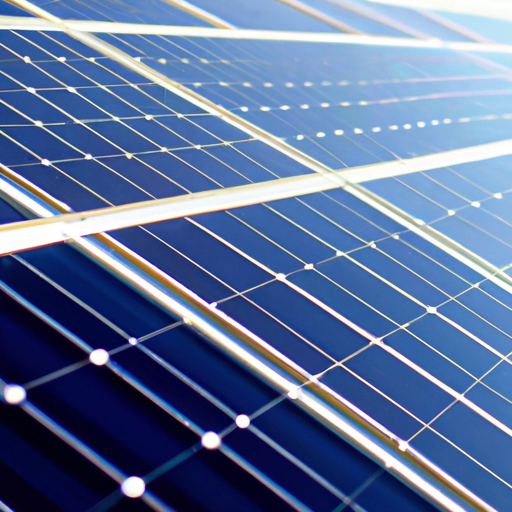
Factors Influencing Solar Bank Size
Several factors can influence the size of the solar bank needed for your off-grid living. These factors include your geographical location, seasonal variation in energy production, and backup power needs.
Geographical Location and Solar Radiation
The amount of solar radiation received at your geographical location affects the energy production of your solar panels. Areas with higher solar radiation require smaller solar banks, while areas with lower solar radiation require larger solar banks.
Seasonal Variation in Energy Production
Seasonal variation in energy production is another factor to consider when sizing your solar bank. Some areas experience more sunlight during certain seasons, while others experience less. By considering the seasonal variation in energy production, you can ensure that your solar bank is sized appropriately to meet your energy needs throughout the year.
Backup Power Needs
If you rely solely on solar power for your off-grid living, it is important to consider your backup power needs. During periods of low energy production or high energy demand, a backup power source, such as a generator or wind turbine, may be required. This can affect the size of your solar bank as it needs to be capable of storing enough energy to power your needs during these backup power situations.
Considering Energy Storage
When choosing the right size solar bank, it is also important to consider the type of battery technology and the size of the battery bank.
Types of Solar Battery Banks
There are several types of batteries commonly used in solar battery banks, including lead-acid batteries, lithium-ion batteries, and flow batteries. Each type has its own advantages and disadvantages in terms of cost, lifespan, and efficiency.
Determining Battery Bank Size
The size of the battery bank is determined by your energy requirements and the duration of time you want the solar bank to supply power. By considering these factors, you can determine the appropriate size of the battery bank to ensure sufficient energy storage.
Battery Technologies and Lifespan
The lifespan of the battery bank is an important consideration when choosing the right size solar bank. Different battery technologies have different lifespans, with some lasting longer than others. Considering the lifespan of the battery technology can help you make an informed decision and avoid the need for frequent battery replacements.
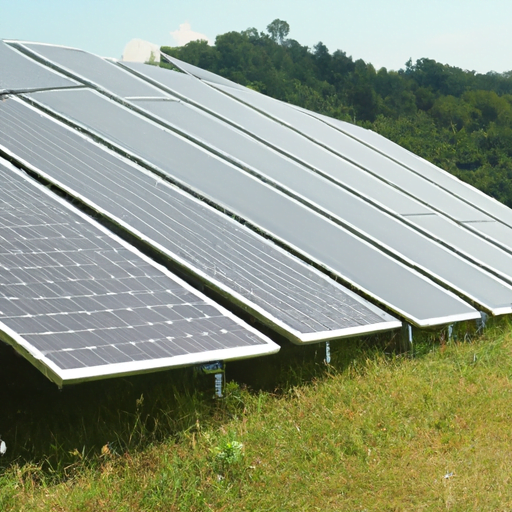
Evaluating Solar Bank Efficiency
Solar bank efficiency is another important factor to consider when choosing the right size solar bank for off-grid living.
Efficiency Ratings and Performance
Solar bank efficiency is typically measured by its charge/discharge efficiency and round-trip efficiency. Charge/discharge efficiency refers to the amount of energy lost during the charging and discharging process, while round-trip efficiency refers to the overall efficiency of the solar bank. Choosing a solar bank with high efficiency can help maximize the amount of energy stored and minimize energy loss.
Maximum Power Point Tracking (MPPT)
Maximum Power Point Tracking (MPPT) is a technology used in solar charge controllers to optimize the energy harvesting process. MPPT ensures that the solar panels are operating at their maximum power output by constantly tracking and adjusting the voltage and current. Including an MPPT charge controller in your off-grid system can significantly improve solar bank efficiency and energy harvesting.
Optimizing Energy Harvesting
To optimize energy harvesting, it is important to ensure that your solar panels are properly angled and oriented towards the sun. This maximizes solar radiation absorption and increases energy production. Regular cleaning and maintenance of the solar panels can also help enhance the efficiency of your off-grid system.
Budget and Cost Considerations
When choosing the right size solar bank for off-grid living, it is important to consider your budget and the cost of the system.
Initial Investment and Payback Period
The initial investment required for setting up an off-grid system can be significant. This includes the cost of solar panels, batteries, inverters, and other equipment. It is important to consider your budget and determine the payback period for your off-grid system to assess its cost-effectiveness.
Evaluating Return on Investment (ROI)
Calculating the return on investment (ROI) of your off-grid system can help determine its cost-effectiveness. This involves evaluating the savings achieved through reduced energy bills and comparing them to the initial investment. A positive ROI indicates that the off-grid system is financially beneficial in the long run.
Maintenance and Replacement Costs
In addition to the initial investment, it is important to consider the ongoing maintenance and replacement costs associated with the solar bank and off-grid system. Batteries, in particular, may need to be replaced after a certain number of years, adding to the overall cost of the system. It is important to factor in these costs when choosing the right size solar bank.
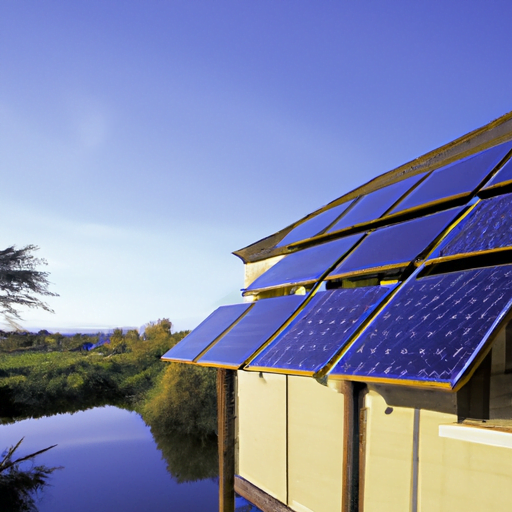
Ensuring Installation and Safety
Proper installation and adherence to electrical codes are crucial for the safe and efficient operation of your off-grid system.
Proper Installation Guidelines
When installing a solar bank, it is important to follow the manufacturer’s guidelines to ensure proper installation and performance. This includes correctly connecting the solar panels, batteries, and inverters, as well as ensuring proper grounding and wiring.
Ensuring Compliance with Electrical Codes
Compliance with electrical codes is essential for the safety of your off-grid system. It is important to familiarize yourself with the local electrical codes and ensure that your off-grid system meets all the necessary requirements. This may involve obtaining permits and inspections to ensure compliance.
Safety Precautions and Maintenance
Regular maintenance and adherence to safety precautions are important for the safe and efficient operation of your off-grid system. This includes routine inspections, cleaning, and testing to identify and address any potential issues. It is also important to follow proper safety procedures when working with electrical equipment to prevent accidents and injuries.
Conclusion
Choosing the right size solar bank for off-grid living is a crucial step in ensuring a reliable and sustainable power supply. By understanding your energy requirements, considering factors such as geographical location and backup power needs, and evaluating the efficiency and cost-effectiveness of the system, you can make an informed decision. With the right size solar bank, you can enjoy the benefits of off-grid living while minimizing the challenges and maximizing the efficiency of your off-grid energy system. So, take the time to carefully evaluate your energy needs and choose the right size solar bank for your off-grid lifestyle.

